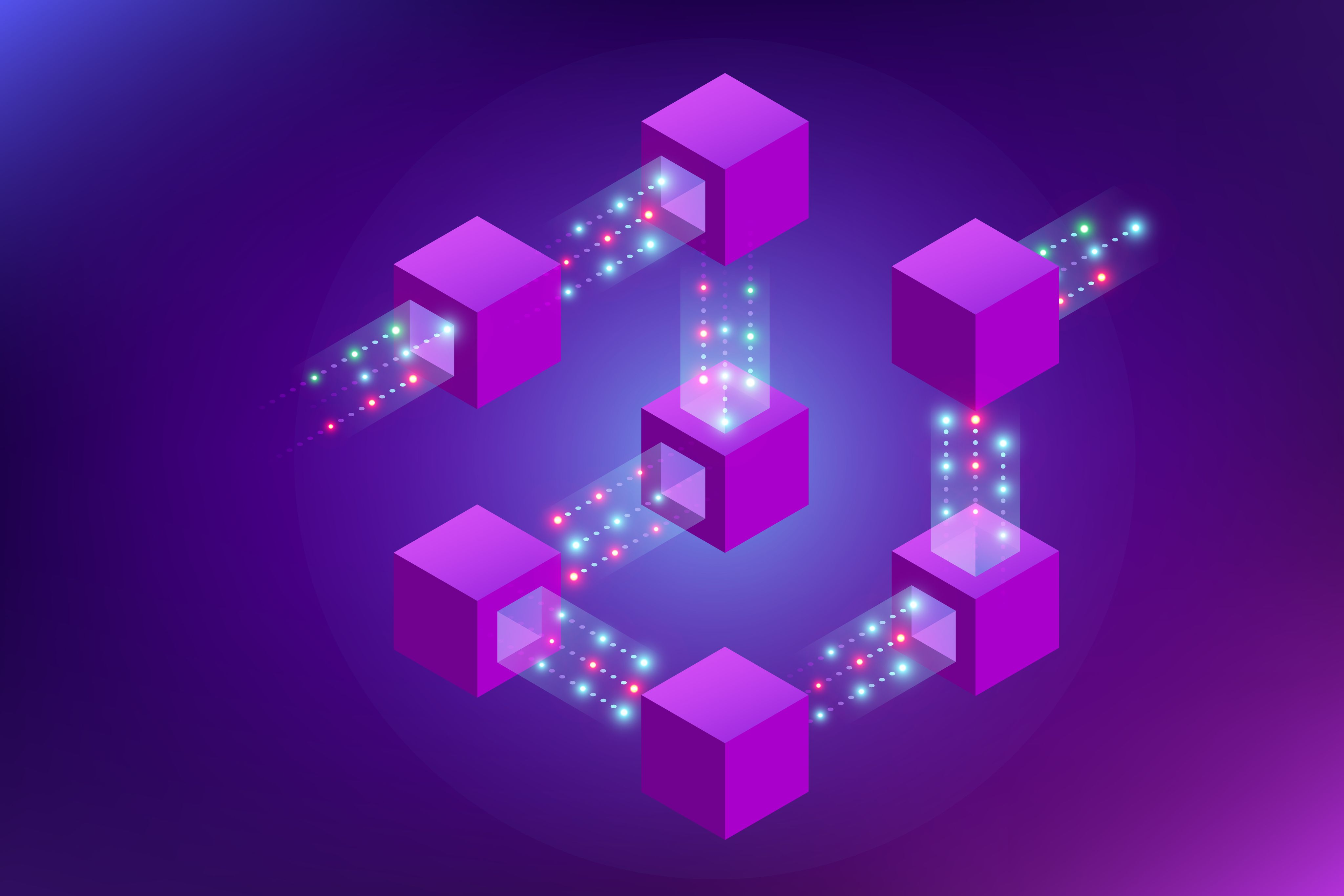In 2013, a fascinating campaign was launched on Kickstarter, to document the history of Mojang’s first year. The game studio, founded by video game designer, Markus “Notch” Persson, previously with Midas (later known as King.com), was to go on to create one of the world’s most iconic sandbox games. 2 Player productions managed to raise a little over $200,000 through the campaign and went on to release the documentary which tells the story of Minecraft through the eyes of some of its greatest champions. The success of the platform had not gone unnoticed and a year later, in 2014, Microsoft’s Xbox Games Studios acquired Mojang for a tidy sum of $2.5bn. The windfall made Notch a billionaire and left many industry observers confused about how a Dutch gaming company using virtual blocks was missed as an acquisition by Lego.
Notch was to follow in the footsteps of gaming greats, such as founder of Atari, Nolan Bushnell, in capturing the hearts and minds of millions around the world. The sandbox environment in Minecraft is now available on a large range of platforms, such as pocket edition on mobile, Nintendo switch, Xbox and PC. Created using Java programming language, the title has sold 200 million copies, and has 126 million active users as of 2020. In the game, players are able to explore and build virtual worlds from blocks. The aim of the game is to extract raw materials such as coal, iron and diamond and build structures, such as houses, farmsteads and even wizard towers. The game can be played in two modes; creative or survival. In creative mode, the player is already equipped with materials and the emphasis is on building. Survival mode, however, is more challenging and involves fighting “mobs” such as zombies or skeletons that are controlled by the game. Adding to the challenge, the player must also acquire resources to build their world, usually by farming or mining for resources. The game can, of course, also be modified to create new items (mods) and mechanics around how the game is played. Minecraft is another example of how the gaming world has tapped into the creativity of its community by enabling them to not only create their own worlds, but also tinker with code and enhance player experiences. User Generated Content (UGC) is all the rage today with new entrants such as Roblox, providing an alternative virtual world to play in.
Source: https://uncensoredlibrary.com/en
Close up Encounter with a Minecrafter
Minecraft has a Java edition, which allows people to play together on a server. As a student, Covid-19 has really hit young adults, such as Jane, as students have not been able to meet friends and communicate like they used to. As a result of the isolation and boredom associated with lockdown, many of the friends Jane made on her course at university, who are all gamers, set up a server to play together. Jane found that this was a great way for them to connect with each other during lockdown, as they would all sit on a call nightly, whilst working together to build their ideal world. The server would always bring Jane joy, as this was a place where she connected with her friends and built together with them, conferring on how they’d like their house to be constructed, collecting resources for everyone and just being creative. It also gave them something else to talk about and enabled them to feel like they were spending time together properly, with something else to focus on and take their minds away from the struggle of remote university. There are many rookies, such as Jane, on Minecraft, and Jane has found it fun and rewarding, learning how to find resources and how to craft things. For instance, when Jane found diamonds for the first time, celebrating her success with her friends was a boost of confidence and provided a sense of community. That’s what drew this gamer in, a place to be with friends and a chance to escape from reality for a while.
Minecraft also ties into her university course, as a lot of Jane’s coursemates are joint with Archaeology and have not been able to go on digs. Minecraft has provided an alternative for that. The game also contains an education edition, which as a Historian, Jane is super excited about! The idea is that children are given UNESCO world heritage sites and allowed to begin recreating these. This is an amazing use of the game, according to Jane, as it gives a 360 degree perception of those sites, particularly in the current climate, allowing them to be explored from a distance. The Minecraft education pack also contains lesson plans with the teacher as a moderator, encouraging the children to be creative, whilst also giving students an analysis of the geometric forms and proportions of the buildings. This is also great for budding engineers, as it encourages problem solving and building skills!
Source: https://education.minecraft.net/lessons/history-blocks
Amongst some of the remarkable projects created on Minecraft is one close to our hearts and champions freedom of speech. The uncensored library, founded by Reporters sans Frontiers (Reporters Without Borders) provides a way for journalists around the world to make their voices heard and share the truth without censorship through the use of Minecraft. The library provides them with a way to write down the information they wish to share with the world in virtual books that can then be propagated by those on the other side of digital censored realms.
Source: https://uncensoredlibrary.com/en
Minecraft is an exciting way to learn through building and collaborating in a new virtual UGC paradigm. There is so much to discover and the game provides a new avenue for entertainment and education, while connecting with friends and others, during periods of isolation that are now part of our lives.



